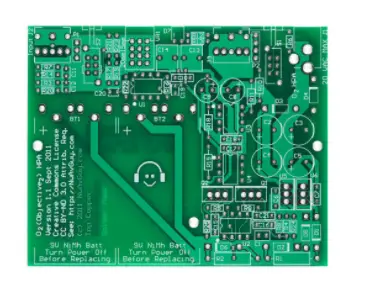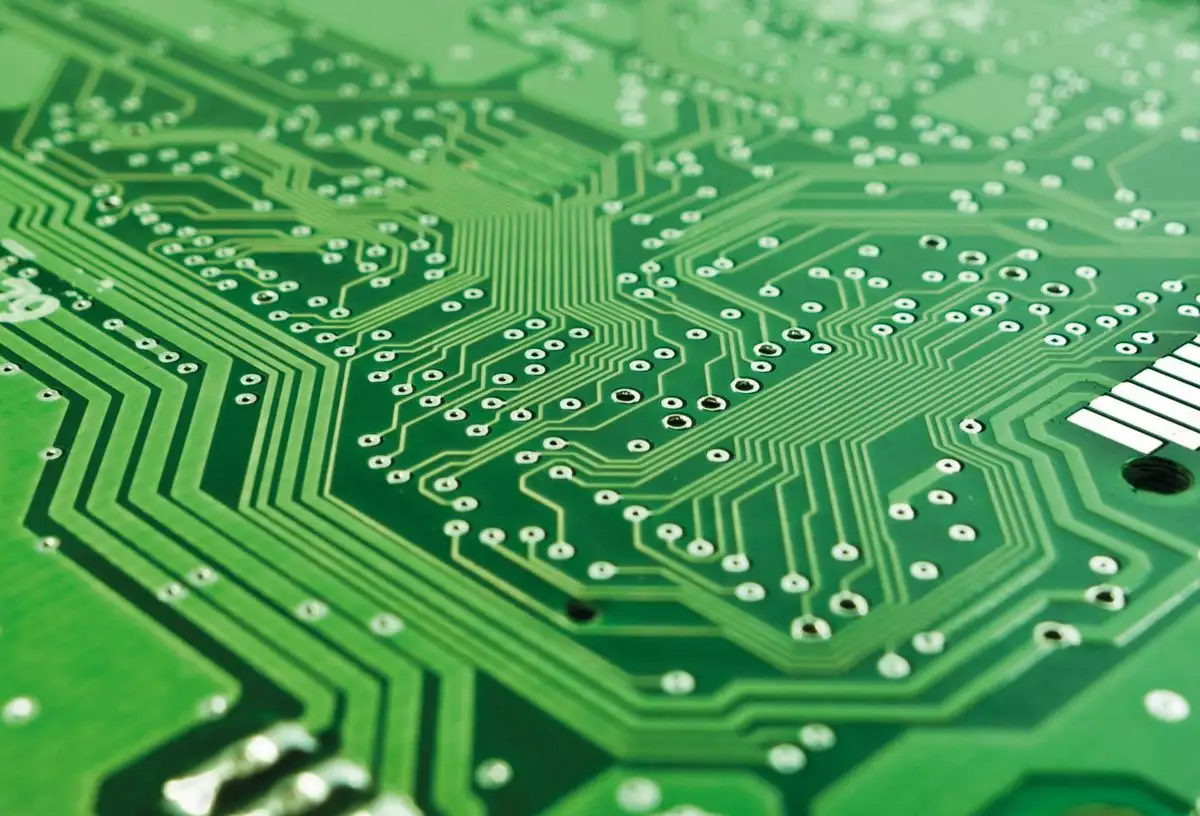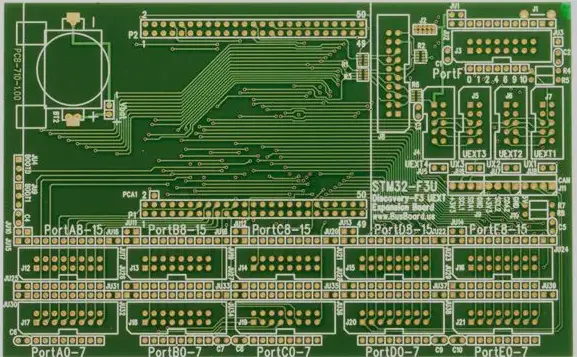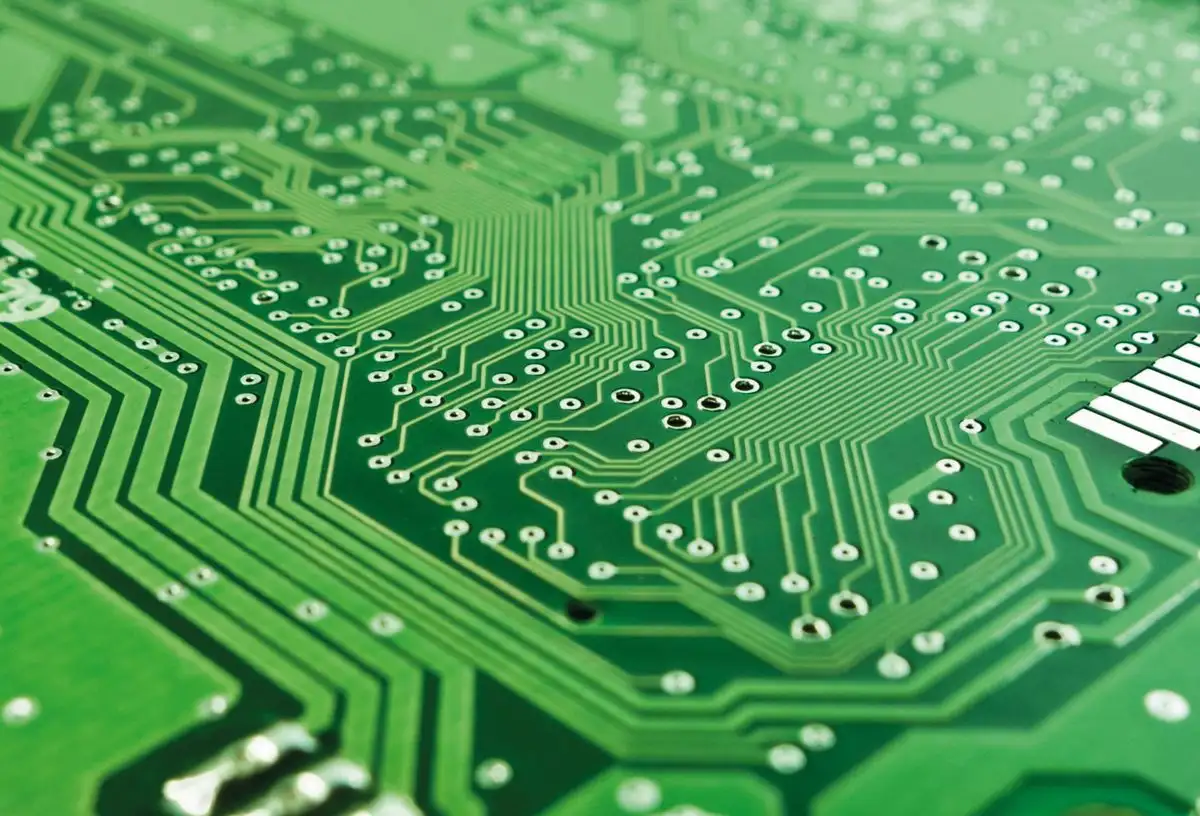
As we all know, the electronics industry is in great demand for heavy copper PCBs. We also know that copper is one of the main components of any PCB. In other words, copper PCBs hold a high place in today's electronics development. We will use this technique for higher current level circuits. In general, the copper thickness of the PCB is usually about 35μm. When the thickness of pcb copper used in PCB is between 100-400μm, we call it heavy copper PCB. Below we’ll take a closer look at copper PCBs and their benefits.
Why use copper for PCB alignment?
What are circuit board assemblies and what they do

Multiple layers make up a Printed Circuit Board (PCB), including the substrate, alignment, solder mask, and screen printing. Alignment is one of the most important aspects. This is because they transmit electrical impulses to various components on the board. Without alignment, the PCB will not work. Almost any gadget that sends data can't work without a PCB!
Copper is the most ubiquitous element used to make alignments today. Thick copper layers enable high current loads on the PCB cross-section and help with heat dissipation, as the PCB is designed for high current output and thermal management. Apart from this reason, do you know any other factors that make copper popular in the PCB industry?
How are copper PCBs made?
Fiberglass is often used as the base layer on standard printed circuit boards. While this material performs well under normal conditions, it is often damaged in high power applications. For high temperature applications, switching to a metal core circuit board such as a copper core PCB provides the required durability and conductivity. Metal core PCBs include copper core PCBs. These PCBs feature a multi-layer design with a copper substrate for excellent thermal conductivity.
Substrate: The substrate is composed of copper, which has excellent thermal conductivity and heat transfer properties.
Insulation: Copper core PCBs use prepreg or other high thermal conductivity insulation to increase heat transfer.
Circuit Layer: The circuit layer is made of copper foil weighing between 1 and 10 ounces.
Dielectric Layer: An additional dielectric layer absorbs the heat generated by the circuit layer and distributes it over the copper substrate.
Advantages of Copper PCBs
Copper will improve the performance of the board in a number of ways. Metal PCBs offer many advantages over traditional circuit boards. Not only can it carry more current, but it can also dissipate heat more efficiently.
High thermal conductivity
Copper has a high thermal conductivity, and the higher the thermal conductivity, the stronger the heat transfer and dissipation. In environments involving high temperatures, standard PCBs such as FR-4 boards may not be able to withstand high temperatures, resulting in extensive damage. Copper PCBs can avoid this problem and extend their life. At the same time, they can support extreme currents, higher temperatures and frequencies under repeated thermal cycling.
no pollution
As a completely natural material, copper is 100% recyclable. Using copper core board will make your project more environmentally friendly.
durable
Properties Copper core PCBs are less likely to warp or corrode over time due to their better heat dissipation. Therefore, copper substrates are more durable than ceramic or fiberglass substrates. Copper-based PCBs are also more resistant to manufacturing than common materials, reducing the risk of breakage during development and everyday use.
compact
The package size of heavy copper PCB is more compact and more suitable for high precision devices. Also, thick copper pcbs can pass large currents and are suitable for transferring heat to an external heat sink.
Copper PCB Applications
Due to all the advantages and performance advantages mentioned above, heavy copper pcbs are becoming more and more popular. Copper-based PCBs are used in a variety of industries, including medical, military, aerospace, and electrical. CCL has a long service life and can help electronic devices become smaller.
In short, the demand for copper clad PCBs is driven by two key factors: reliable performance and excellent thermal management. A thick copper PCB helps to dissipate heat efficiently, ensuring optimum circuit performance. This is why, despite the high cost, heavy copper PCBs are still in high demand.
Possible application products of copper pcb include.
Lighting: LED street lights, smart lights, Christmas lights, etc.
Transportation: Power controllers, displays and chips for other smart devices
Communications: Filtering Devices and High-Frequency Amplifiers
Computers: Power Supplies and CPUs
Power sources: converters, inverters, etc.
Medical equipment: electrocardiograph, defibrillator, etc.
Best Heavy Copper PCB Manufacturer--UETPCB
UETPCB is one of the most experienced PCB and pcb assembly manufacturers in China. We are able to produce the highest quality heavy copper PCB products. We will do our best to produce the highest quality circuit boards to meet your requirements. Check our capabilities in the table below.
Feature Ability
Material FR-4 Standard Tg 140°C, FR4-High Tg 170°C
minute. Hole size 10 million
Maximum outer copper weight (finished) 15 oz
Maximum inner layer copper weight 12 oz
PCB copper thickness 0.4 – 10 mm
Copper Finish HASL Lead Free, Immersion Gold, OSP, Hard Gold, Immersion Silver, Enepig
Solder mask yellow, green, white, black, red, blue, etc.
silk screen black, white
Through process tented vias, plugged vias, uncovered vias
Test AOI test and flying probe test (free)
Build time 4-7 days
Delivery time 1-3 days






